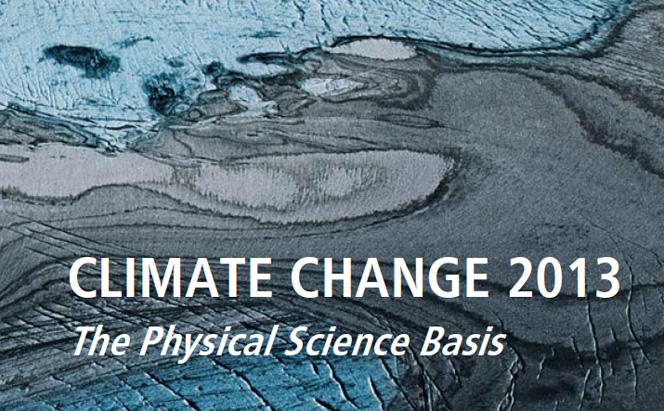As the Intergovernmental Panel on Climate Change releases Vol. 1 of its fifth assessment report, the results of published investigations by several Northern Arizona University researchers are receiving renewed international attention.
The IPCC represents the world’s scientific community by periodically reporting on the state of knowledge about climate change. The organization follows an extensive peer-review process to independently assess all published information and to summarize the most relevant advances in climate science.
Bruce Hungate (Center for Ecosystem Science and Society) and his research team summarized data from hundreds of published studies and found that, as carbon dioxide accumulates in the atmosphere, soils tend to release more methane and nitrous oxide, which themselves are potent greenhouse gasses. Their research advances the understanding of the microbial processes that cause soils to produce greenhouse gases. Hungate’s group also found that warming causes rice fields to emit more methane and produce less harvestable grain per methane molecule produced.
Nick McKay (School of Earth Sciences and Environmental Sustainability) led a study of the causes of sea-level rise during the last period of global warming, about 125,000 years ago when global sea level rose to about 20 feet above its current level. He found that the volumetric expansion caused by the slightly higher temperature of that period was only a minor contribution to the sea-level rise. Instead, the additional water in the ocean likely came from the Antarctic ice sheet, implying that this extant continental-scale glacier is sensitive to global temperature changes and supporting the accuracy of computer models that simulate global climate.
Darrell Kaufman, McKay (School of Earth Sciences and Environmental Sustainability) and their research team summarized the available information from lake sediments, tree rings and glacier ice to reconstruct Arctic temperatures during the past two thousand years with decadal resolution. They found a pervasive cooling trend that was abruptly reversed during the 20th century. The long-term cooling was likely due to slow changes in Earth’s orbit, and the pace of the cooling was consistent with the response of a global climate model to such forcing.
Kaufman and McKay also led a consortium of 78 authors from 24 countries in a data-intensive effort to reconstruct the temperature history on the Earth’s continents during the past one to two thousand years. Investigating the patterns of past climate variability over space and time helps researchers to understand and quantify the processes that cause climate to change, which is important as they prepare for the full range of future climate changes due to both anthropogenic and natural factors. The team found that the 20th century ranked as the warmest or nearly the warmest century in all regions except Antarctica. During the last 30-year period in the reconstructions (1971–2000), the average temperature among all of the regions was likely higher than anytime in nearly 1400 years. Some regions, however, experienced 30-year intervals that were warmer than 1971-2000.
Christopher Schwalm (School of Earth Sciences and Environmental Sustainability) led a study exploring the causes of mismatch between computer models of the land surface and observations of carbon flux across North America. He found that models performance depends on drought status, seasonality and biome, and identified key attributes for improving the next generation of land surface models.



